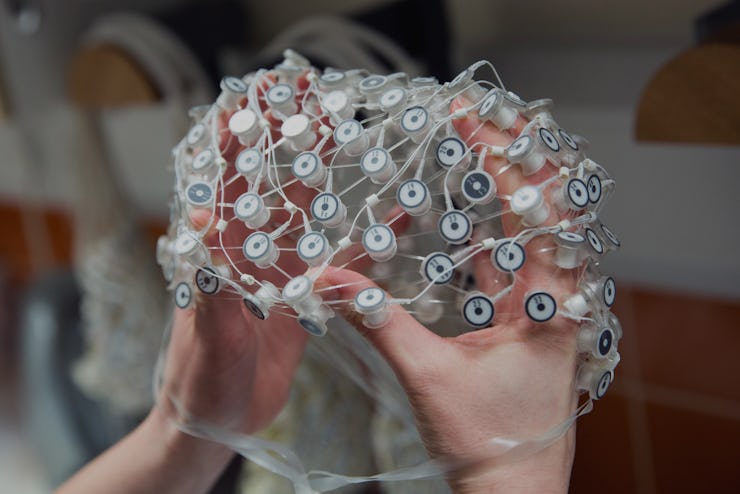Ray Kurzweil Has a Prediction About Linking Our Brains to the Cloud

Once we eventually figure out how to connect our brains to computers, most thinking will happen in our synthetic computer brains, futurist Ray Kurzweil said on Friday.
In a post for Singularity University’s YouTube channel, Kurzweil, a futurist for Google by day, said that he expects humans will be able to back up our brains to the cloud.
He has predicted that the singularity, the moment when technology enters a cycle of runaway advancement beyond human control, will occur by 2045. This new era will change the human brain. Instead of being stuck with a limited number of biological brain functions, the singularity will allow us to directly experience the benefits of the law of accelerating returns. Eventually, all our thoughts will happen in the computers merged to our brains.
“The most interesting thing will be for your neocortex to extend itself with synthetic neocortex in the cloud,” said Kurzweil. “Ultimately our thinking will be predominated by the synthetic neocortex.”
The neocortex is the region of the brain associated with human mental functions. Kurzweil pointed out that although the human brain is quite large, it cannot get bigger because childbirth would become impossible. This has limited improvements to the human brain, he says. “Now technology is going to pick up what happened two million years ago. This additional neocortex that’s synthetic that will be in the cloud, that won’t be a one-shot deal, that’s going to continue to expand,” he says.
Think of the brain as a smartphone
Expanding the human mind through connecting to the cloud is similar to how a cell phone works, he says. Cell phones are incredibly powerful because they don’t have to carry everything directly, they can connect to information and processing power through the cloud. This is how the human brain will work when it can connect to computers and other minds through the cloud.
Each person will effectively have a synthetic neocortex, or technological brain to increase their abilities, he says. “It works just like your biological neocortex, and your thinking there will be a hybrid of your biological thinking, with the 300 million neocortical modules we all have, and a certain number of neocortical modules that are simulated in the cloud.”
This is where the law of accelerating returns comes in. Since our biological brains don’t expand in power, and our synthetic ones will, eventually most of our thoughts will occur in the synthetic parts of our brains.
“At that point we will be a kind of hybrid, but the hybrid has largely become sort of cloud based,” says Kurzweil. “Our thinking will be largely in the cloud.”
Eventually, something like a mind-file will be created because the synthetic neocortex will have such a powerful level of understanding it will be able to back up your brain. If Kurzweil’s singularity prediction is true, it sounds like we might be able to live in the synthetic neocortex for a very long time.